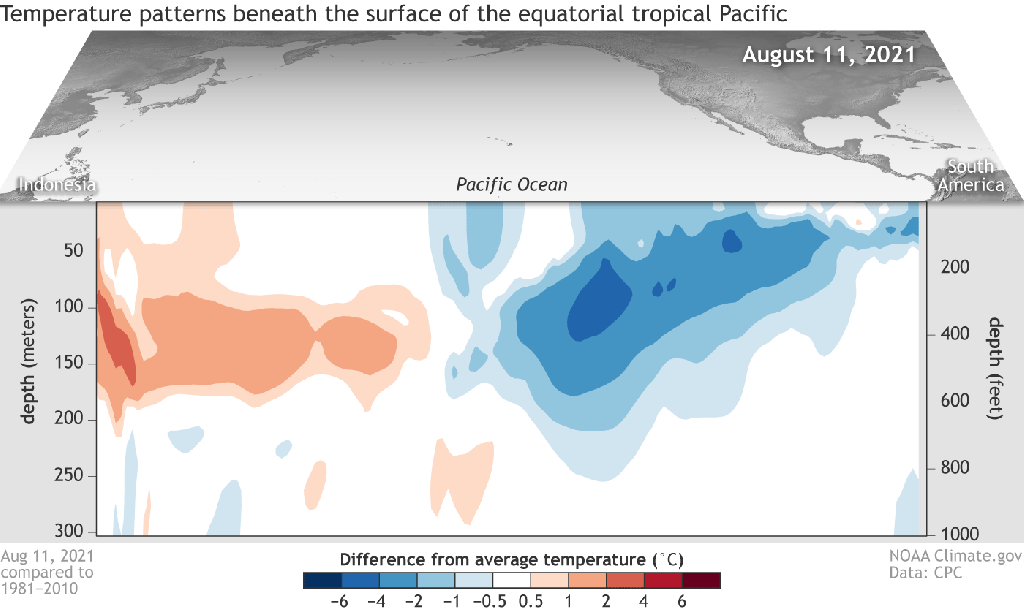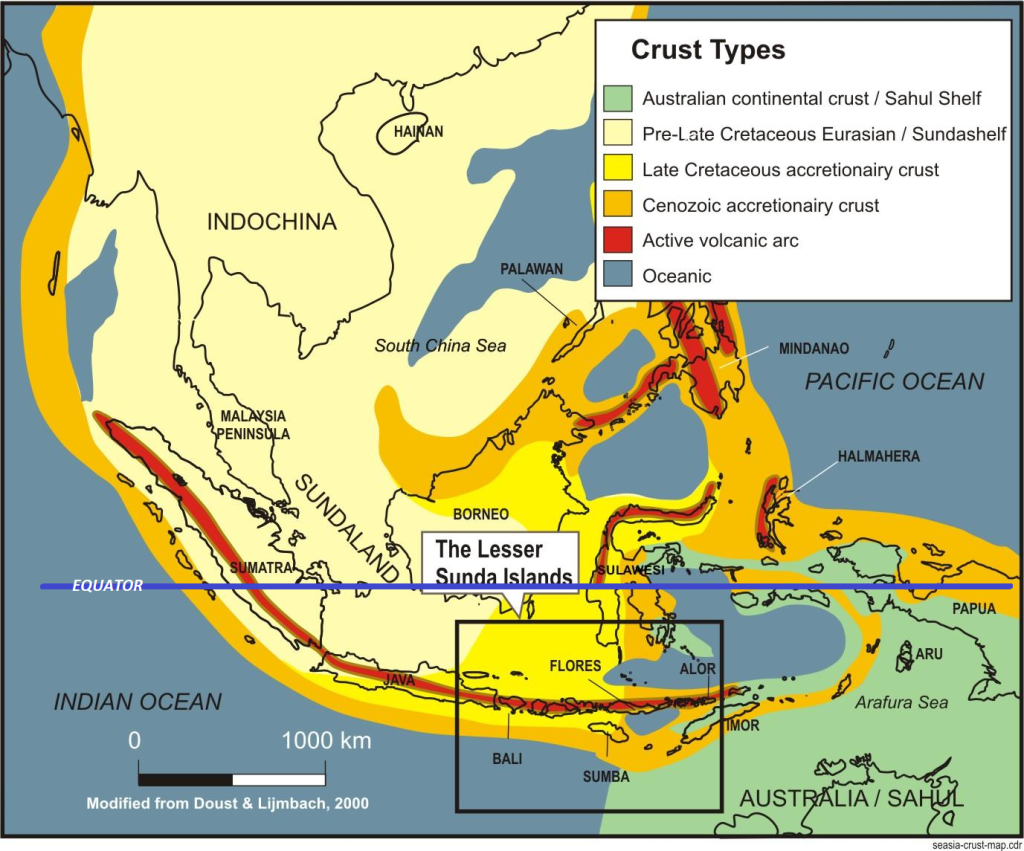The Polar Vortex
First, let’s look at the Polar Vortex, or more correctly, the disrupted Polar Vortex, that bi-annual weather phenomenon that pushes frigid polar air deep into the south, as it did in 2021.
I quote from Climate.gov: El Niño and the stratospheric polar vortex
Cold air outbreaks and the stratospheric polar vortex
The stratospheric polar vortex weakens when large-scale atmospheric waves (e.g., 800 miles across) from the lower atmosphere travel up into the winter stratosphere. When these waves break—even atmospheric waves break—the polar vortex can rapidly decelerate and even reverse direction completely.
When the vortex breaks down, there is an event called a major “sudden stratospheric warming” (SSW). The “warming” refers to the dramatic increase in temperature (~50-70 degrees F in a few days!) over the polar stratosphere during these events (see the figure below). These events occur roughly every other year in the Northern Hemisphere.“
Unquote

A stable polar vortex is the norm. The disrupted polar vortex pushes frigid polar air down into Canada and the United States. This happened most recently in February of 2021. How often does this occur? As the quoted paragraph above states, “These events occur roughly every other year in the Northern Hemisphere.“
The full name of El Niño is the El Niño Southern Oscillation (ENSO). Below is a chart of the sudden stratospheric warming event in 2009 that pushed frigid polar air southward.

Atmospheric Circulation Patterns
First, there are three atmospheric circulation loops in the northern and southern hemispheres: the Hadley Cell [no. 1 in the graphic], the Ferrel Cell [no. 2 in the graphic], and the Polar Cell [no. 3 in the graphic].

- Hadley cell – At low latitudes, air moves toward the equator, where it is heated and rises vertically. In the upper atmosphere, air moves poleward. This forms a convection cell that covers tropical and sub-tropical climates.
- Ferrel cell – In this mid-latitude atmospheric circulation cell, air near the surface flows poleward and eastward, while air higher in the atmosphere moves equatorward and westward.
- Polar cell – At higher latitudes, air rises and travels toward the poles. Once over the poles, the air sinks, forming areas of high atmospheric pressure called the polar highs. At the surface, air moves outward from the polar highs, creating east-blowing surface winds called polar easterlies. It is the smallest and weakest of the cells. NOAA
The El Niño Southern Oscillation-ENSO
The connection between Earth’s oceans and atmosphere has a direct impact on the weather and climate conditions we experience. El Niño and La Niña, together called the El Niño Southern Oscillation (ENSO), are episodic departures from expected sea surface temperatures (SSTs) in the equatorial Pacific Ocean. These warmer or cooler than normal ocean temperatures can affect weather patterns around the world by influencing high and low pressure systems, winds, and precipitation. ENSO may bring much needed moisture to a region while causing extremes of too much or too little water in others. NOAA
To oscillate means to swing or move to and fro, forward and back, or side to side.
The ENSO is driven by the temperature of the Pacific Ocean along the equator. As you view the image below, what do you notice about the locations of the subsurface warm water and the subsurface cold water?

Water temperatures in the top 700 meters (2,300 feet) of the tropical Pacific Ocean compared to the 1991-2020 average in late summer 2021. NOAA Climate.gov animation, based on data from NOAA’s Climate Prediction Center.Climate.gov
Do you not wonder why the ocean water is hotter in deep water than on the surface? Why is the heated water localized as it is in the western Pacific Ocean? If the Sun is heating the water, why is it hotter down deep and not on the top?
Is it reasonable to think the junction of five tectonic plates in the Western Pacific Ocean heats the ocean’s water? Compare the two graphics below with the temperature patterns of the equatorial Pacific Ocean above.


History of the ENSO
According to the Encyclopedia Britannica, “The name El Niño was originally used during the 19th century by the fishermen of northern Peru in reference to the annual flow of warm equatorial waters southward around Christmas time.”
Quote: Andrea Lang, a researcher at the University of Albany, wrote in an email that polar vortex disruptions have been known to result in “a 50% increase in cold air outbreaks in the northern hemisphere and a shift in the storm tracks.”
The last time a sudden stratospheric warming event occurred was Jan. 5, 2021. Just over a month later, the most dramatic cold air outbreak since 1989 plunged the central U.S. into a historic deep freeze, causing the collapse of Texas’s power grid, claiming at least 330 lives and incurring more than $27 billion in damages. Unquote
My Opinion
New York Post, August 9, 2023 – Scientist admits the ‘overwhelming consensus’ on the climate change crisis is ‘manufactured’ “This is how “manufactured consensus” happens.”
The ENSO has been a natural phenomenon for a very long time. It is unreasonable to ascribe it to anthropogenic global warming or climate change, regardless of the pseudo-scientific mantra of the day popular with the climate alarmists.
When He utters His voice, there is a multitude of waters in the heavens,
and He causes the vapors to ascend from the remote parts of the earth;
He makes lightning with rain,
and brings out the wind from His storehouses.
Jeremiah 10:13 MEV
Knowledge is Power.
John White
Rockwall, Texas


Leave a comment